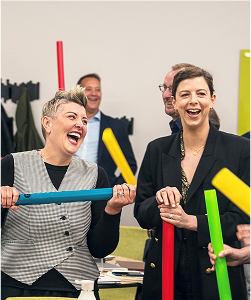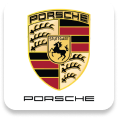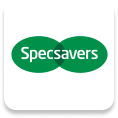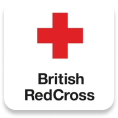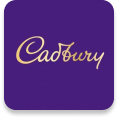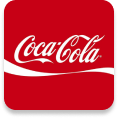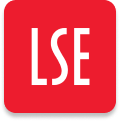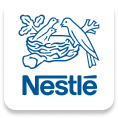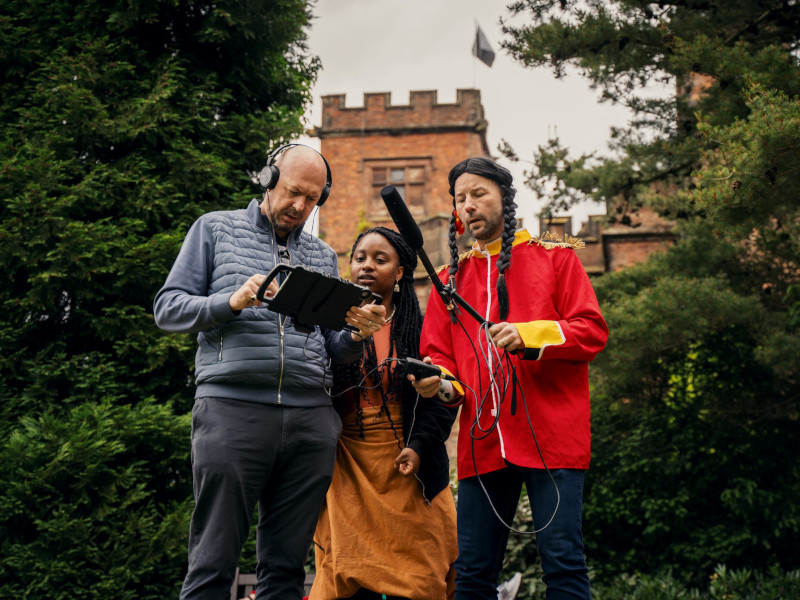Team Building Exercise
The Effect Team Building Interventions Have on the Corporate Sector
A dissertation submitted by Ian Harnett in partial completion of the award for BSC (HONS) Sport Development and Coaching Sciences.
Click here for a full list of team building events
Chapter SIX - References
This section provides details of all literature viewed in accordance with the Harvard Style of Referencing.
ADAIR. J., 1986. Effective Teambuilding. Aldershot: Gower
ADAIR, J., 2002. Leadership and Management. Adair Leadership Foundation. Available from: http://www.johnadair.co.uk/leadershipteamwork/principles.html [Accessed 8 December 2005].
ADAIR, J., 2002. Motivation. Adair Leadership Foundation. Available from: http://www.johnadair.co.uk/motivation/principles.html [Accessed 8 December 2005].
BARCZAK, G. AND Wilemon, D., 2001. Factors influencing product development team satisfaction. European Journal of Innovation Management, 4 (1), 32-6.
BATEMAN, B., WILSON, F. C. AND BINGHAM, D., 2002. Team effectiveness - development of an audit questionnaire. Journal of Management Development, 21 (3), 215-226.
BELBIN. R.M., 2000. Beyond the Team. Oxford: Butterworth-Heinemann.
BELBIN, R.M., 2004. Management Teams. Second Edition. Oxford: Elsevier Butterworth-Heinemann.
BELBIN, R.M., 2004. What is a Team Role? Belbin Associates. [Accessed 13 February 2006].
BLOOM, G.A., STEVENS, E.D.AND WICKWIRE, T.L., 2003. Expert Coaches' Perceptions of Teambuilding. Journal of Applied Sports Psychology, 15, (2), 129-143.
BULLER, P.F., AND BELL, C.H. 1986. Effects of team building and goal setting on productivity: A field experiment. Academy of Management Journal, 29 (1), 305-328.
BULLOCK, R.J. AND LAWLER, E.E., 1984. Gainsharing: a few questions and fewer answers. Human Resources Management, 23 (1), 23-40.
CASTKA, P., BAMBER, C. J. AND SHARP, J. M., 2003. Measuring teamwork culture: the use of a modified EFQM model. Journal of Management Development, 22 (2), 149-170.
CHAPMAN, A., 2005. Bruce Tuckman's 1965 Forming Storming Norming Performing team-development model. Businessballs. Available from: [Accessed 17 March 2006].
CONTI, B. AND KLEINER, B. H., 1997. How to increase teamwork in organizations. Training for Quality, 5 (1), 26-29
CRESWELL, J.W., 1998. Qualitative Inquiry and Research Design Choosing Among Five Traditions. Ondon: Sage Publications.
DEPARTMENT OF TRADE AND INDUSTRY, 2003. The UK Economy [Online]. [accessed 23 February 2006]
DYER,W.G., 1977. Teambuilding. Reading, MA: Addison-Wesley.
DYER.W.G., 1987. Teambuilding, Second Edition. Reading, MA: Addison-Wesley.
ELLOY, D.F., TERPENING, W.T. AND KOHLS, J., 2001. A causal model of burnout among self-managed work team members. Journal of Psychology, 135 (3), 321-34.
GALL, A.L., 1987. You can take the manager out of the woods but you can't take the woods out of the manager. Training and Development Journal, 41 (3), 54-57.
GRATTON, C. AND JONES, I., 2004. Research Methods for Sports Studies. London : Routledge
HACKMAN, J.R., 1987. The design of work teams. Englewood Cliffs, NJ: Prentice Hall.
HACKMAN, J.R. AND OLDHM, G.R., 1980. Work Redesign., Reading , MA : Addison-Wesley.
HARRISON, R., 2002. Learning and Development. 3rd ed. CIPD: London.
HART, R.K. AND MCLEOD, P.L., 2003. Rethinking Team Building in Geographically Dispersed Teams: One Message at a Time. Organizational Dynamics, 31 (4), 352-361.
HIGGS, M., 1996. Building an Effective Team. Team Performance Management, 2 (4), 33-39 HOFSTEDE, G.F., 1984. Culture's Consequences: Differences in Work-related Values. Newbury Park , CA : Sage Publications.
JOHNSTONE, P.L., 2004. Mixed Methods, Mixed Methodology Health Services Research in Practice. Qualitative Health Research, 14 (2), 259-271.
KATZENBACH, J.R. AND SMITH, D.K., 1993. The Wisdom of Teams. New York: Mckinsey & Company.
KNIGHT, P., WEST, M., WILSON, C., WINCEY, N. AND VTLEY,D., 2004. Teams in action: A quantitative study of integrated product teams - year 5. Managing in a dangerous world - twenty five years of technical conferences: Bridging between technology and management , 20-23 October 2004 Alexandria USA . 9-16
KIRKMAN, B.L. AND ROSEN, B., 1999. Beyond self-management: antecedents and consequences of team empowerment. Academy of Management Journal, 42 (1), 58-74.
LATANE, B., 1986. Responsibility and effort in organizations. Cited in Goodman, P.S., 1989. Designing Effective Work Groups, San Francisco, CA: Jossey-Bass.
LATANE, B., WILLIAMS, K. AND HARKIN, S., 1979. Many hands make light the work. Journal of Personality and Social Psychology, 37 (6) 822-32.
LAWLER, E.E., 1981. Pay and Organization Development., Reading, MA: Addison-Wesley.
LEE, M.D., 2004. A Bayesian analysis of retention functions. Journal of Mathematical Psychology. 48 (5), 310-321.
LIKERT, R., 1961. New Patterns of Management . , New York , NY: McGraw-Hill.
MANN, L., 1998. A Field Experiment on the Effects of Benchmarking and Goal Setting on Company Sales Performance. Journal of Management, 24 (1), 73-96.
MANZ, C.C. AND SIMS, H.P., 1995. Business Without Bosses How Self-Managing Teams Are Building High-Performing Companies. Chichester: John Wiley and Sons, Inc.
MCGARTH, J.E. 1964. Social Psychology - A Brief Introduction. New York, NY: Holt, Rinehart, and Winston.
MEARS. P. VOEHL. F., 1997. Team Building. Florida: St Lucie.
MUSSNUG. K. J. AND HUGHEY, A. W., 1997. The truth about teams. Training for Quality, 5 (1), 19-25.
MEHMETOGLU, M., 2004. Quantitative or Qualitative? Scandinavian Journal of Hospitality and Tourism. 4 (3), 19-25.
MCGARTH, J.E. 1964. Social Psychology - A Brief Introduction. New York, NY: Holt, Rinehart, and Winston.
MONCZKA, R.M. AND TRENT, R.J., 1993. Cross-functional Sourcing Team Effectiveness. Tempe, AZ: Center for Advanced Purchasing Studies.
NURMI, R., 1996. Teamwork and team leadership. Team Performance Management, 2 (1), 9-13.
PRITCHARD, R.D., JONES, S.D., ROTH, P.L., STUEBING., K.K. AND EKEBERG, S., 1988. Effects of group feedback, goal setting, and incentives on organizational productivity. Journal of Applied Psychology, 73 (2), 337-58.
PETERS, L.H. AND O'CONNORS, E.J., 1980. Situational constraints and work outcomes: the influences of a frequently overlooked construct. Academy of Management Review, 5 (3), 391-7.
ROBINS,L., 2004. Rowing towards leadership and teambuilding. Really Good Stuff, 38 (11), 1191-1192
SALAS, E., ROZELL, E., DRISKELL, J.E. AND MULLEN, B., 1999. The Effect of Team Building on Performance: An Integration. Small Group Research, 30 (3), 309-329
SARIN, S., AND MAHAJAN, V., 2001. The effect of reward structures on the performance of cross-functional product development teams. Journal of Marketing, 65 (2), 35-53.
SAUNDERS, M., LEWIS, P., AND THORNHILL, A., 2003. Research Methods for Business Students 3rd ed. London: Prentice Hall
SHAW , M.E. , 1981. Group Dynamics, New York, NY: McGraw-Hill.
SHERYL,L., SHIVERS,B., 2004. Reactions to outdoor teambuilding initiatives in MBA education. Journal of Management Development, 23 (7), 614 - 630.
SMITH, B., 1985. Team building concepts. In: ADAIR. J., 1986. Effective Teambuilding. Aldershot: Gower
SPENCER, J., AND PRUSS, A., 1992. Managing Your Team, How to Organise People for Maximum Results. London: Judy Piatkus.
STEWART, B. AND POWELL, S., 2004. Team building and team working. Team Performance Management, 10 (1-2), 35-38.
STOGDILL, R.M., 1981. Leaders and their immediate groups. New York , NY : Free Press.
STRAUSS, A. AND CORBIN, J., 1990. Basics of Qualitative Research. London: Sage Publications.
TJOSVOLD, D., POON, M. AND YU, Z., 2005. Team effectiveness in China: Cooperative conflict for relationship building. Human Relations, 58 (3), 341-367.
TRENT , R.J. AND MONCZKA, R.M., 1994. Effective cross-functional sourcing teams: critical success factors. International Journal of Purchasing and Materials Management, 30 (4), 3-13.
TRENT , R.J., 1996. Understanding and evaluating cross-functional sourcing team leadership. International Journal of Purchasing and Materials Management, 42 (2), 29-36.
TRENT , R.J., 1998. Individual and collective effort: a vital part of sourcing team success. International Journal of Purchasing and Materials Management, 34 (4) 46-54.
TRENT, R. J., 2003. Planning to use work teams effectively. Team Performance Management, 9 (3-4), 50-58.
TWOMEY, K. AND KLEINER, B. H., 1996. Teamwork: the essence of the successful organization. Team Performance Management, 2 (1), 6-8.
VEAL, A.J, 1997. Research Methods for Leisure and Tourism, A Practical Guide 2nd ed. London: Pitman
WEIGHTMAN, J., 1993. Managing Human Resources. 2d ed. London: Institute of Personal Management.
WEIGHTMAN, J., 1999. Managing People. London: Institute of Personnel Development.
WICKER, A.W., KIRMEYER, S.R., HANSON, L. AND ALEXANDER, D., 1976. Effects of manning levels on subjective experiences, performance, and verbal interaction in groups. Organizational Behavior and Human Performance, 17 (4), 251-74.
WISNER, P.S. AND FEIST, H.A., 2001.Does teaming pay off?. Strategic Finance, 82 (8), 58-64.
WLOFE, J., BOWEN, D.D. AND ROBERTS., 1989. Teambuilding Effects on Company Performance. Simulation and Games, 20 (4), 388-408.
ZANDER, A.F., 1980. The origins and consequences of group goals., New York, NY: Oxford University Press.
ZENGER, J., MUSSELWHITE, E., HURSON, K. AND Perrin, C., 1994. Leading Teams: Mastering the New Role. Homewood, IL: Irwin.



